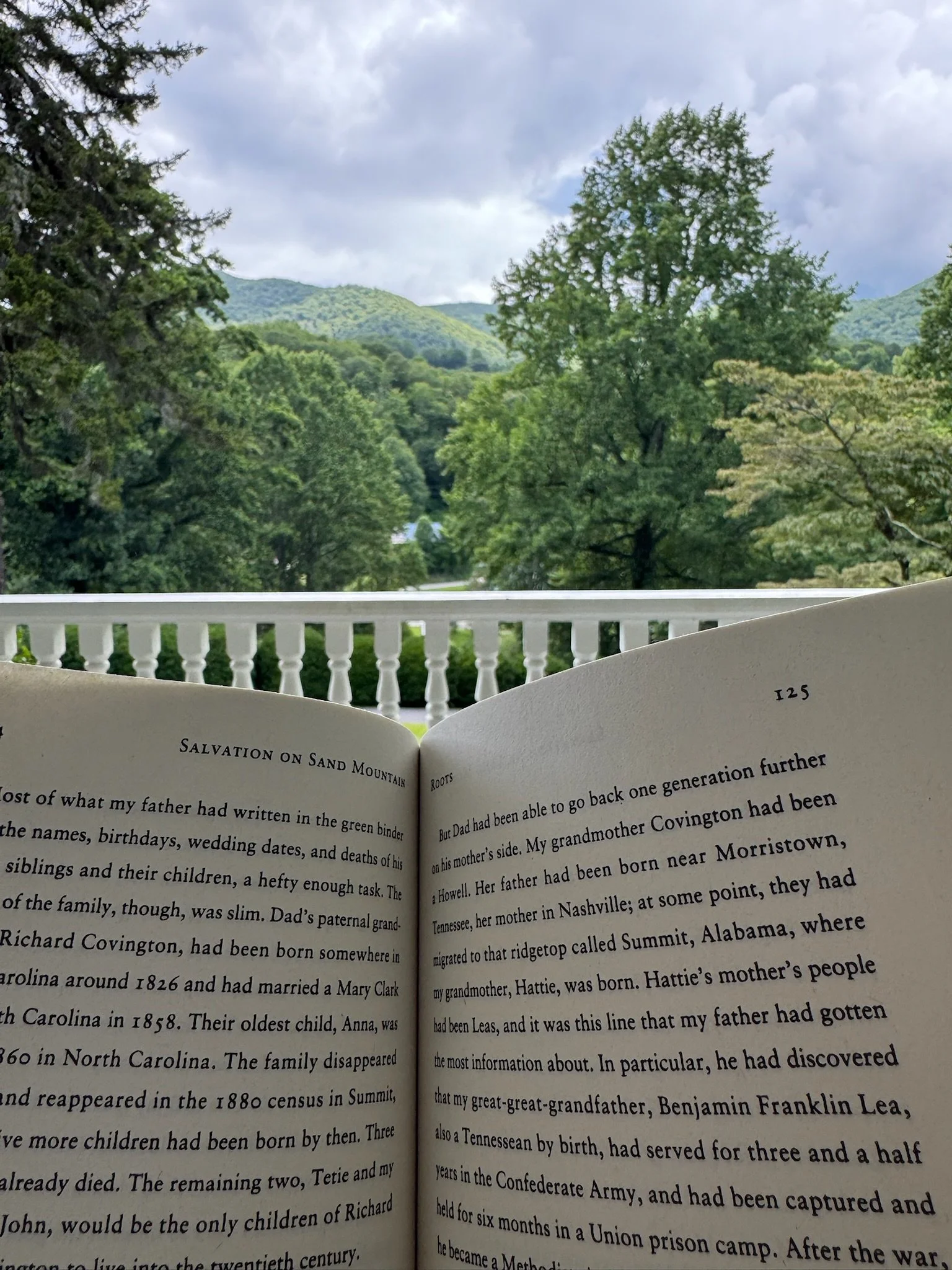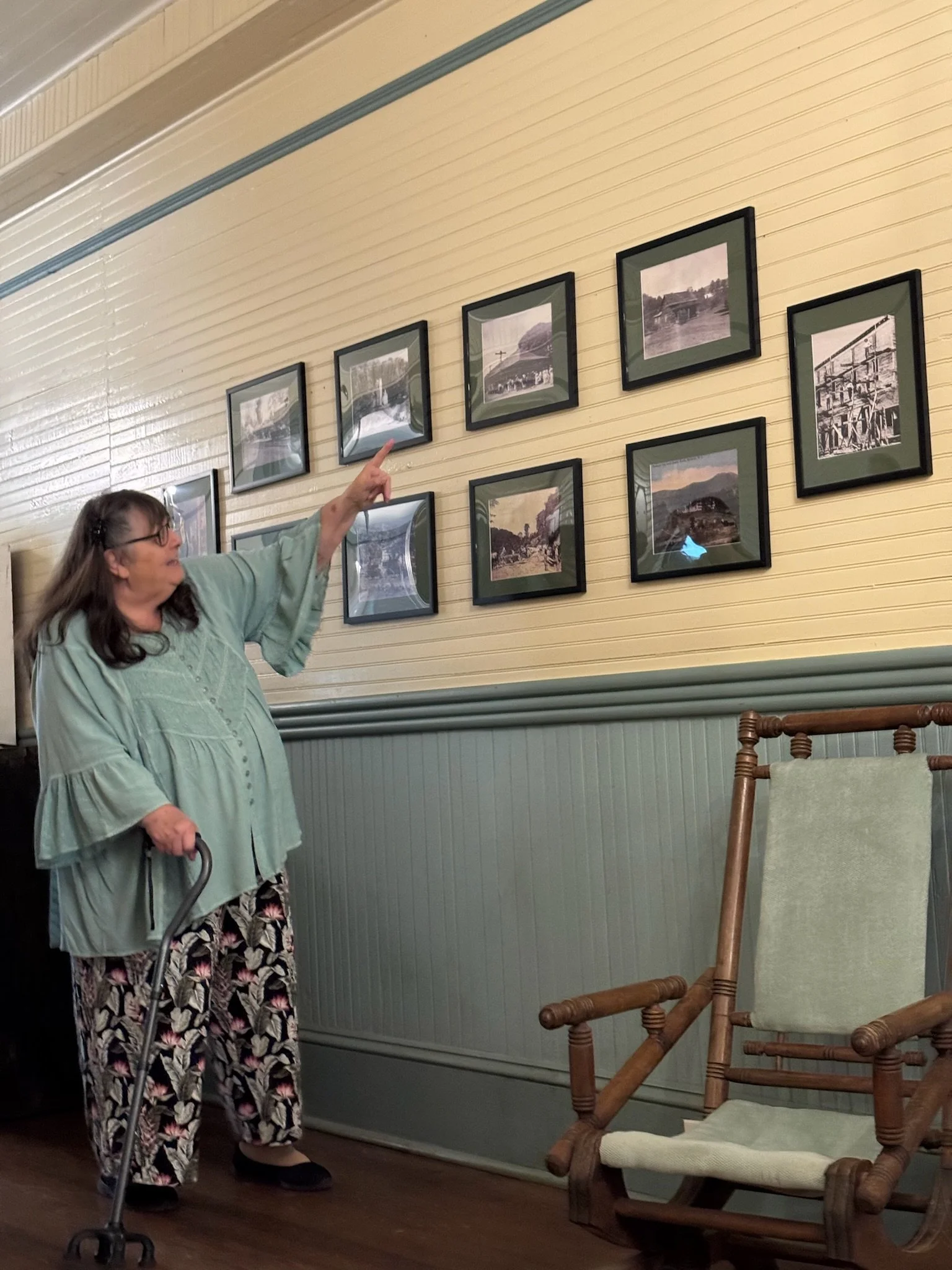History
The Balsam Mountain Inn has a rich history dating back to the early 20th century. Built in 1905, it was originally designed as a railroad hotel to accommodate travelers arriving on the Southern Railway, which passed through the town of Balsam, North Carolina. At the time, Balsam was a popular stop for visitors seeking the cool, refreshing air of the Blue Ridge Mountains as an escape from the summer heat.
Early Days (1905-1940s)
The inn was a grand structure for its time, featuring 100 guest rooms and expansive porches offering breathtaking mountain views.
It became a sought-after destination for wealthy travelers from the South and beyond.
As rail travel declined in the mid-20th century, so did the inn’s popularity.
Decline and Restoration (1950s-1990s)
The decline of passenger rail service in the 1940s and 1950s led to a period of neglect for the inn.
By the 1980s, the building had fallen into disrepair and was at risk of being lost.
Starting in the late 1980s and continuing until today, the inn has been carefully restored to preserve its historic charm while adding modern comforts.
Today
The Balsam Mountain Inn retains its historic character, offering antique-filled rooms, wooden floors, and an inviting, homey atmosphere.
The Balsam Mountain inn is also proud to have its own history hallway. Featuring a historic Diorama, historic pictures, displays, and a guide book.
It remains a favorite spot for travelers looking to disconnect, enjoy nature, and experience the charm of a bygone era.















